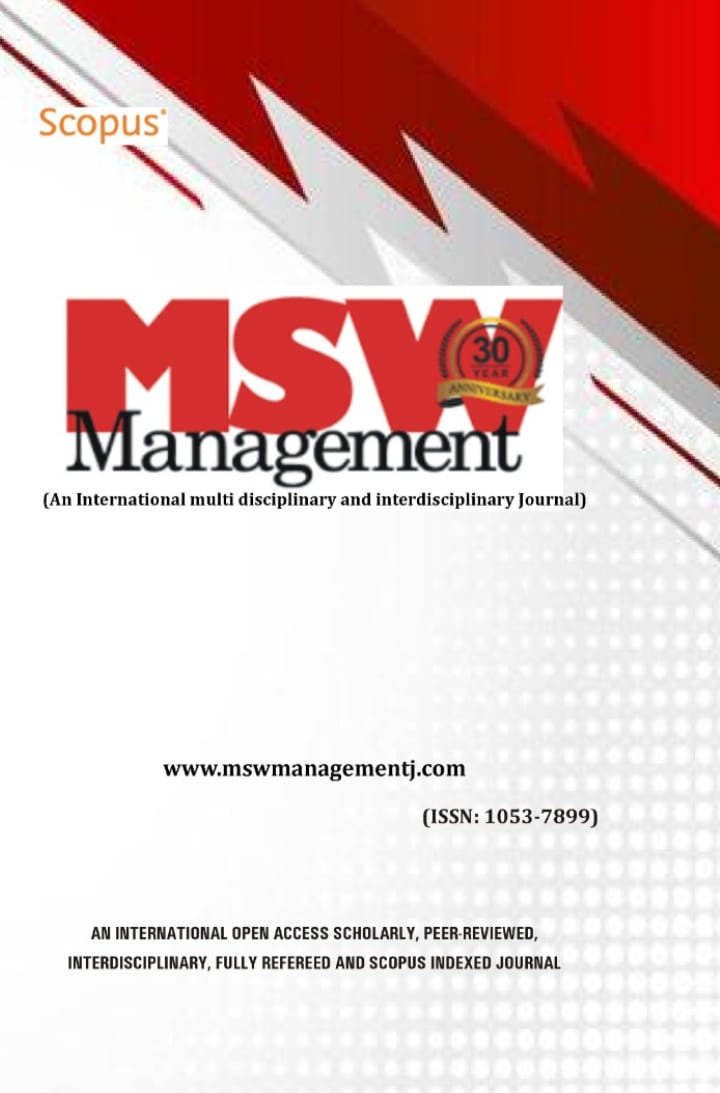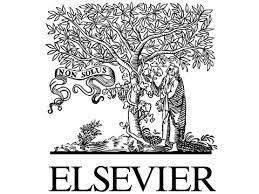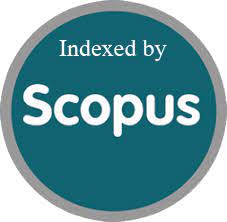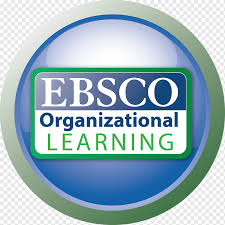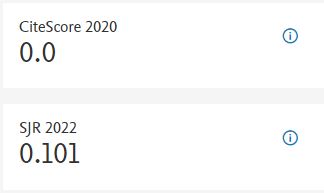HARNESSING LARGE LANGUAGE MODEL FOR TEXT SUMMARIZATION
DOI:
https://doi.org/10.7492/xgwj6332Abstract
Traditional approaches to the problem of making computers summarize text have been based on extracting sentences from the source and rearranging or deleting them to make a coherent summary. But this solution requires a relatively hard problem of deciding which sentences are worthy for extract and then how to join the extracted sentences together. For such reasons, systems that have followed this path have not been very successful at producing good summaries. An alternative approach is to generate summaries by using similar techniques to those used for human summarization, i.e. reading the source and then writing a summary. This can be done by making use of paraphrasing techniques or in a more abstract fashion by using a natural language generation system with the source as an input and the summary as an output. This second technique seems more promising and is the one taken in recent papers.

